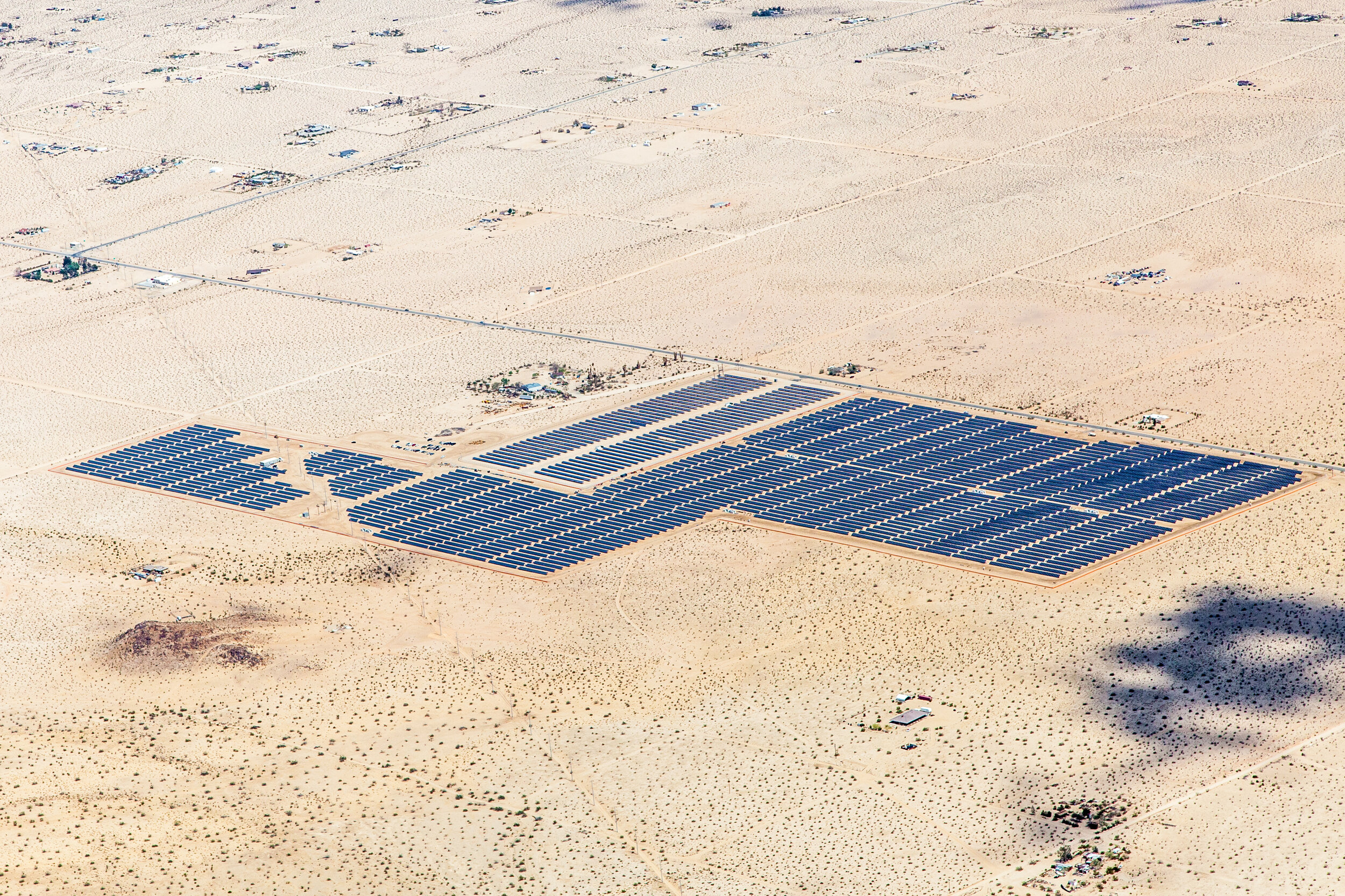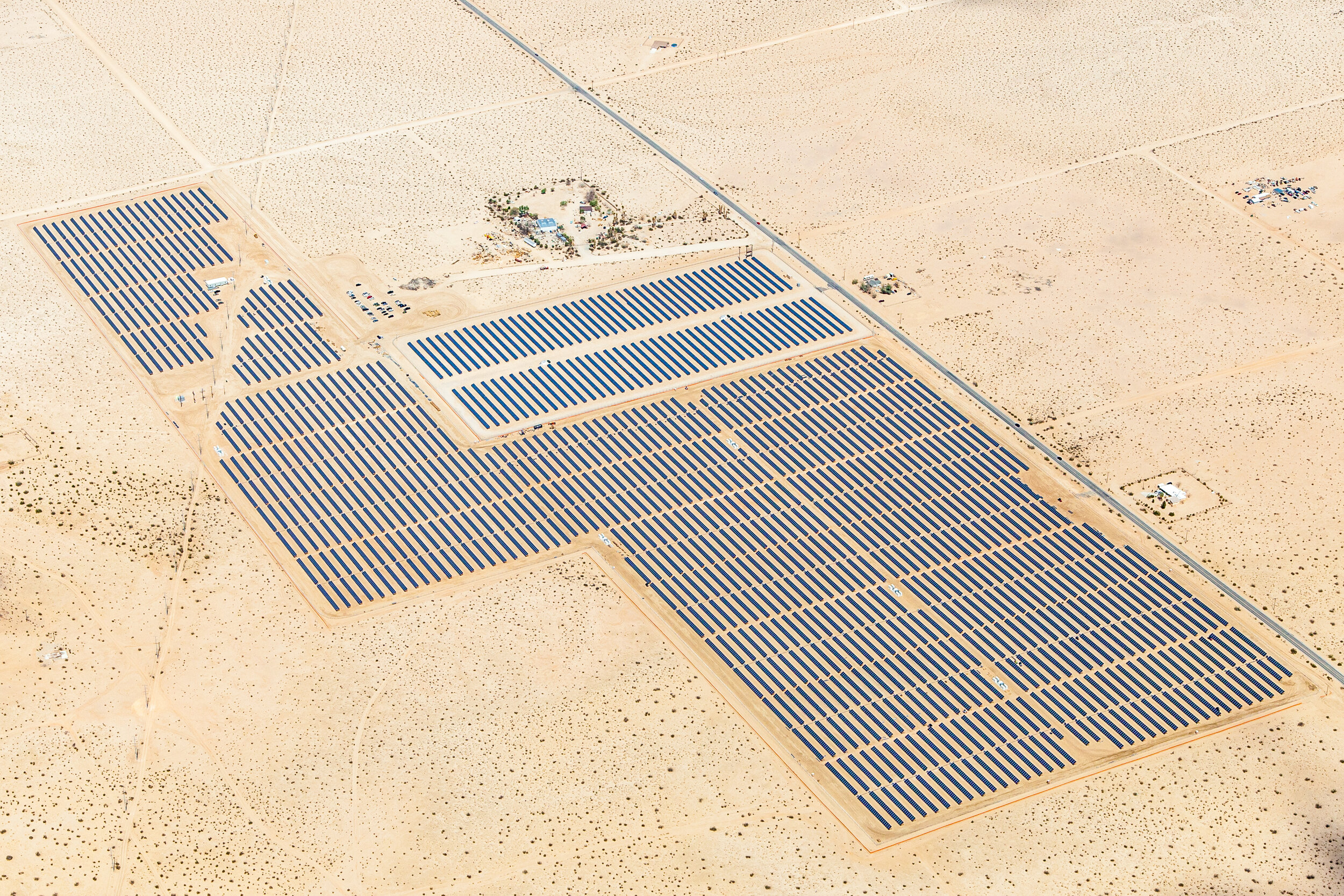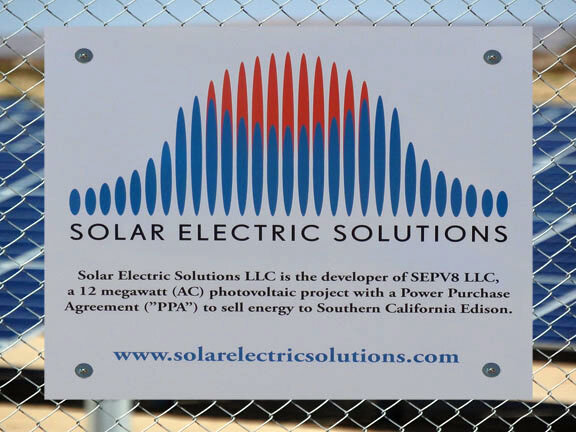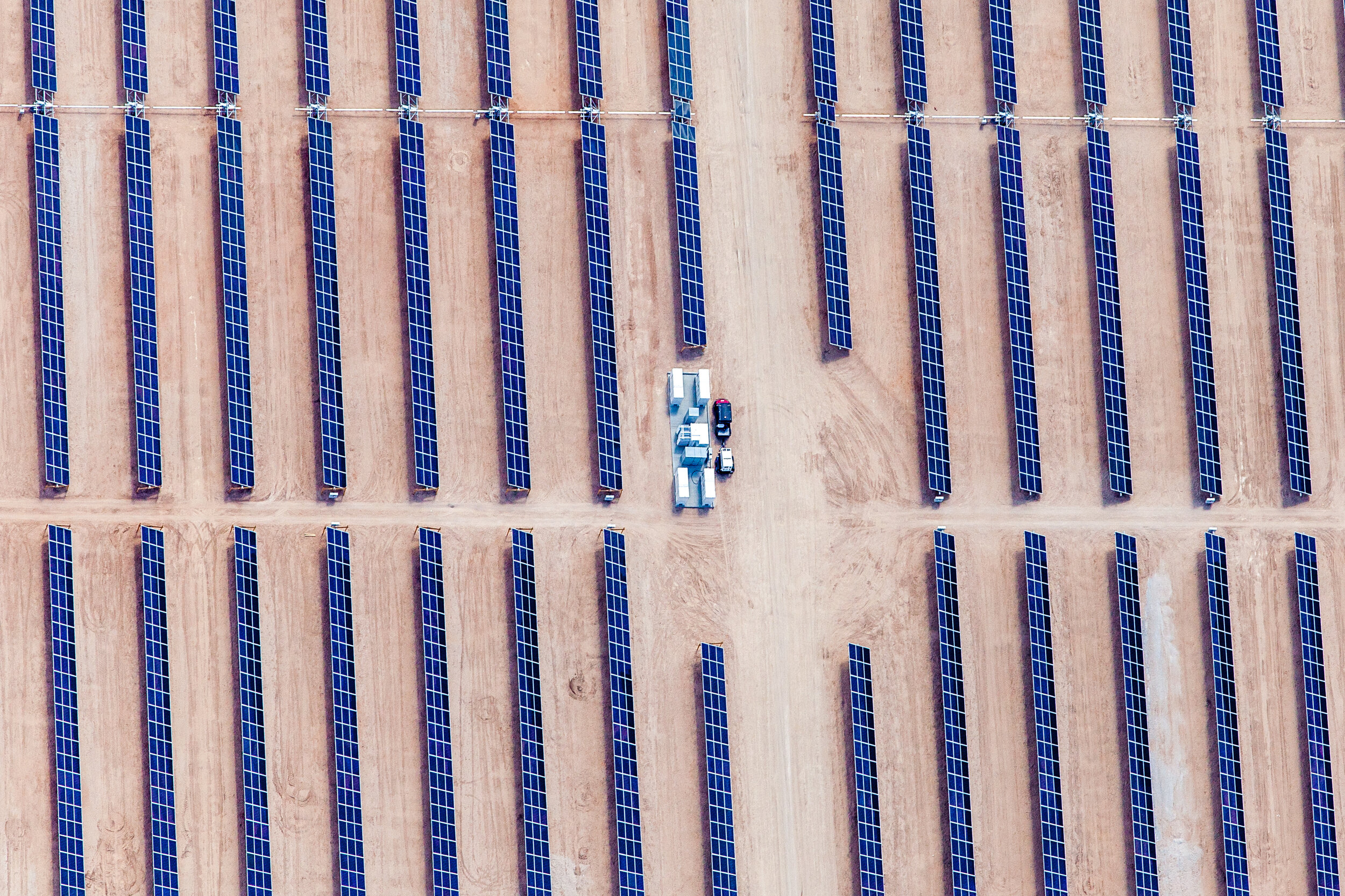SEPV8 SOLAR PROJECT
PROJECT FACT SHEET…
Solar Electric Solutions ("SES"), through its wholly owned subsidiary SEPV8 LLC, developed and permitted the twelve megawatt (MWac) SEPV8 solar project. Cost-competitive, renewable electricity is sold to Southern California Edison under a 20-year power purchase agreement, awarded in early 2012 to the SES subsidiary under the first round of the CPUC's Renewable Auction Mechanism (RAM).
The project is located in San Bernardino County north of the city of Twentynine Palms adjacent to SCE's existing electric distribution system. The SEPV8 Solar Project has minimal impacts, using negligible water during construction for dust suppression and during operations for module washing.
The project provides the State of California with a new source of renewable energy to assist in achieving the state's Renewable Portfolio Standards, while creating jobs that boost the local economy, and supplying enough electricity to power 4,000 homes. By generating clean renewable energy and avoiding any of the carbon emissions that would be produced by a fossil-fueled power plant, the SEPV8 Solar Project will contribute to cleaner air and result in a smaller carbon footprint for the state.
SES sold SEPV8 LLC to SolarWorld in May 2012 after completing development. SES secured the issuance of a grading permit prior to selling the project. This project reached commercial operation in December 2012. Duke Energy has acquired the project from SolarWorld in early 2013 and has renamed SEPV8 as Highlander Solar 1.
PROJECT QUICK FACTS
SEPV8 Solar Project (map)
San Bernardino County, CA
Project Size
12 MWac
Power Purchaser
SCE Operation Date
2013




PROJECT BENEFITS
Distributed generation of electricity sufficient to power 4,000 homes.
Created dozens of jobs for the local community
Zero-emission 12MW solar project saves 24,000 tons of CO2 per year, equivalent to taking 3,000 cars off the road
Commercially proven solar photovoltaic technology
Requires minimal water consumption
Helps California meet renewable energy goals
